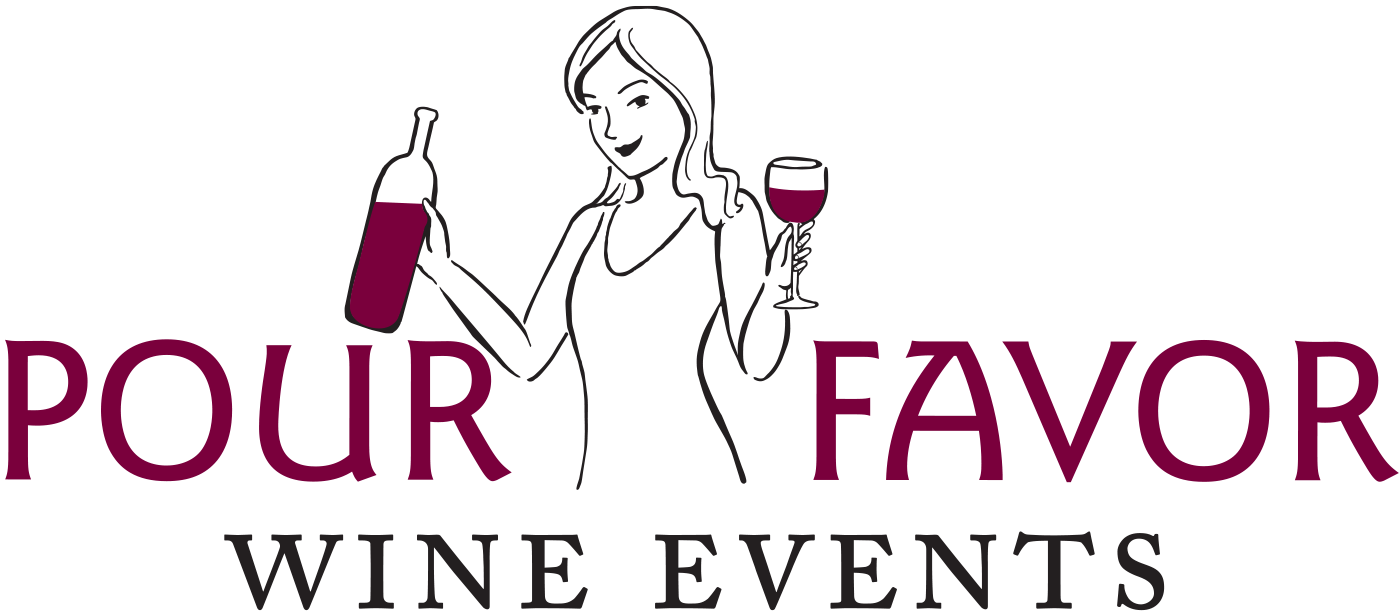Have you ever been tasked with the seeming impossible?
“Hi, I’m the Event Director for our company and we are looking to host a wine tasting reception at our office – an event that will really blow the socks off of our guests. Our space is amazing, and we want to show it off. The thing is… we have a No Red Wine policy.”
If you can’t imagine a wine tasting event without red wine, you’re really, really, not alone. In fact, when that call came in, with that restriction, we thought – well, that’s one way to help us narrow the wine-flight-selection playing field!
“Just because we hadn’t done it yet, didn’t mean we shouldn’t.”
You couldn't help but pause. We’d never hosted an event without a key category represented. (Our clients would have thought we were nuts to suggest it!)
But just because we hadn’t done it yet, didn’t mean we shouldn’t. The event was definitely doable from a ‘diversity of selections’ standpoint. There is a huge breadth of white wine styles out there – more so than even white wine fans tend to explore.
And such a seeming omission certainly would set the stage for an unconventional, memorable event experience. It would also allow us to do what we do best: get people talking – connecting over a truly unique, shared experience.
This restriction was the kind of thing that was unexpected in its own right – and that could be the makings of a truly amazing event. Certainly, from complication comes creativity and the thing we all strive for in planning a memorable event – innovation.
“Curiosity bred a higher level of interest and set the event apart from others in a way no one could predict.”
The event allowed us to shine the spotlight on white and sparkling wines many hadn’t heard of, let alone tasted. This leveled the playing field among wine novices and more seasoned guests alike. Interestingly, too, not a single attendee “complained” that there weren’t reds on offer.
Attendees reveled in the chance to operate outside their comfort zone – and were in it together as they did. The seeming omission offered an immediate launch point to conversation, not to mention a more personal connection opportunity; curiosity bred a higher level of interest and set the event apart from others in a way no one could predict.
Planning an event, we all want to push the envelope. And no doubt, every time we set to it, something always comes up – there’s always a complication. The trick is to navigate these nuances, without compromising your endgame. Our team respected this planner for not allowing a challenging policy to put a wrench in the works from the get-go. She was willing to explore options, and leverage a seeming “deal breaker” restriction to innovate.
The result was one of our all time favorite events. So lesson learned! Don’t just embrace the unexpected, let it inspire you.








